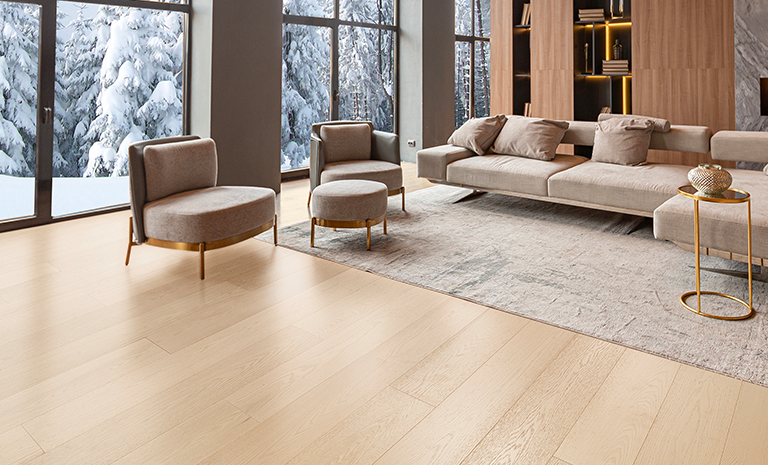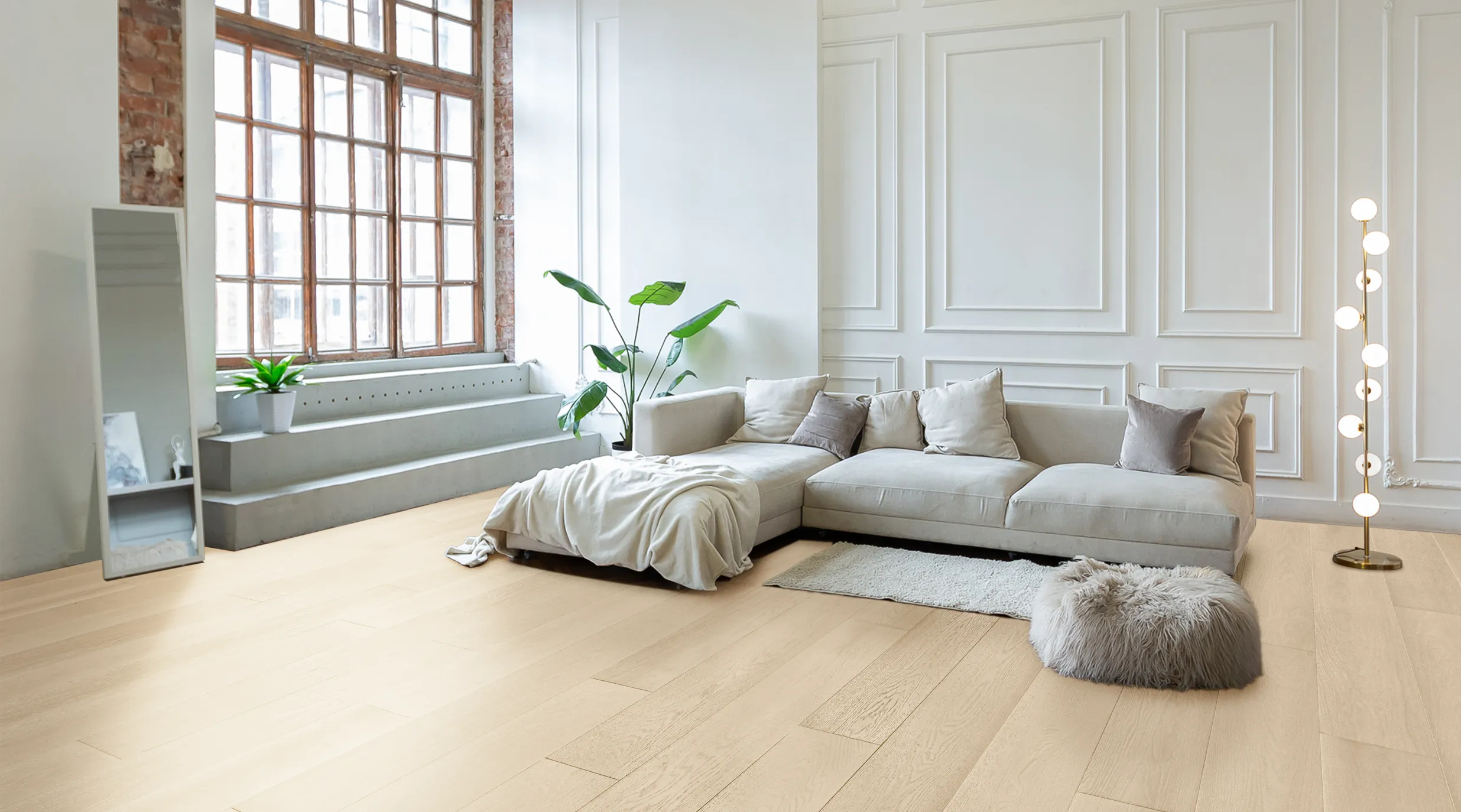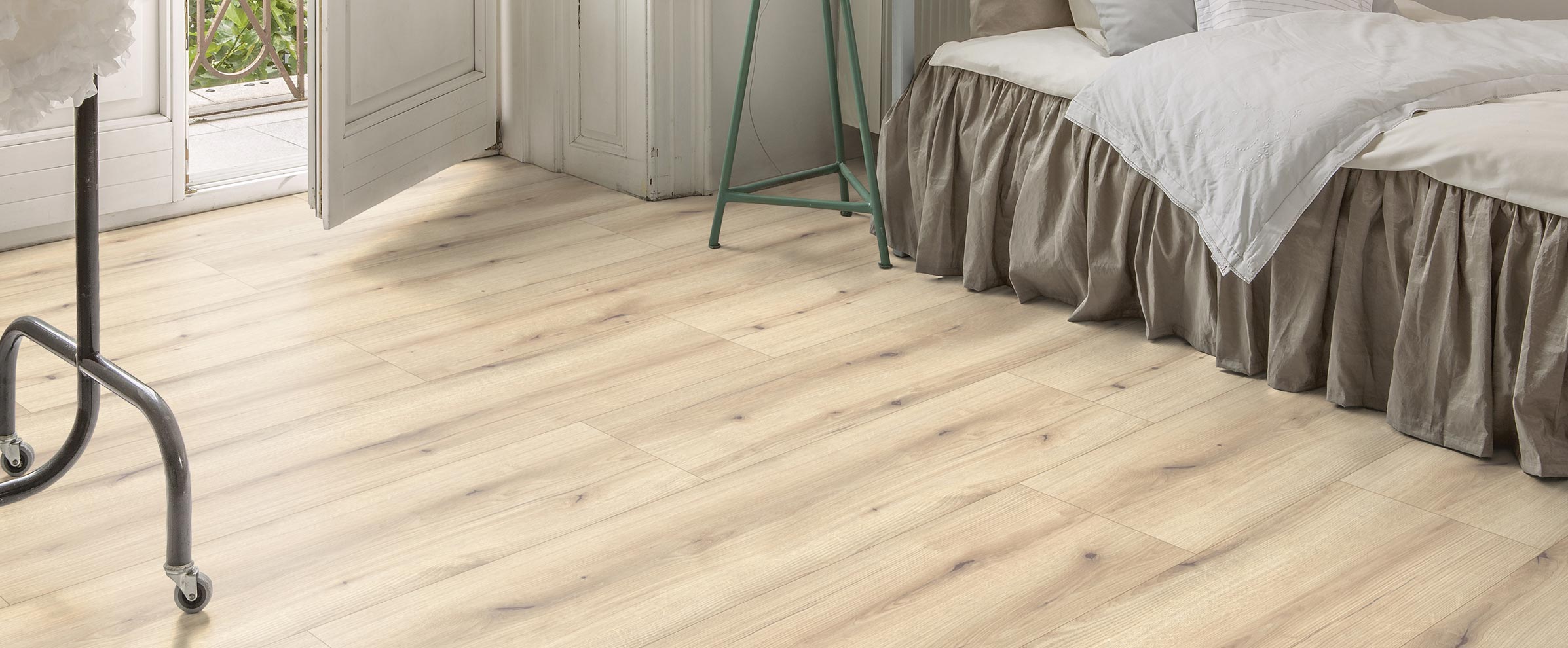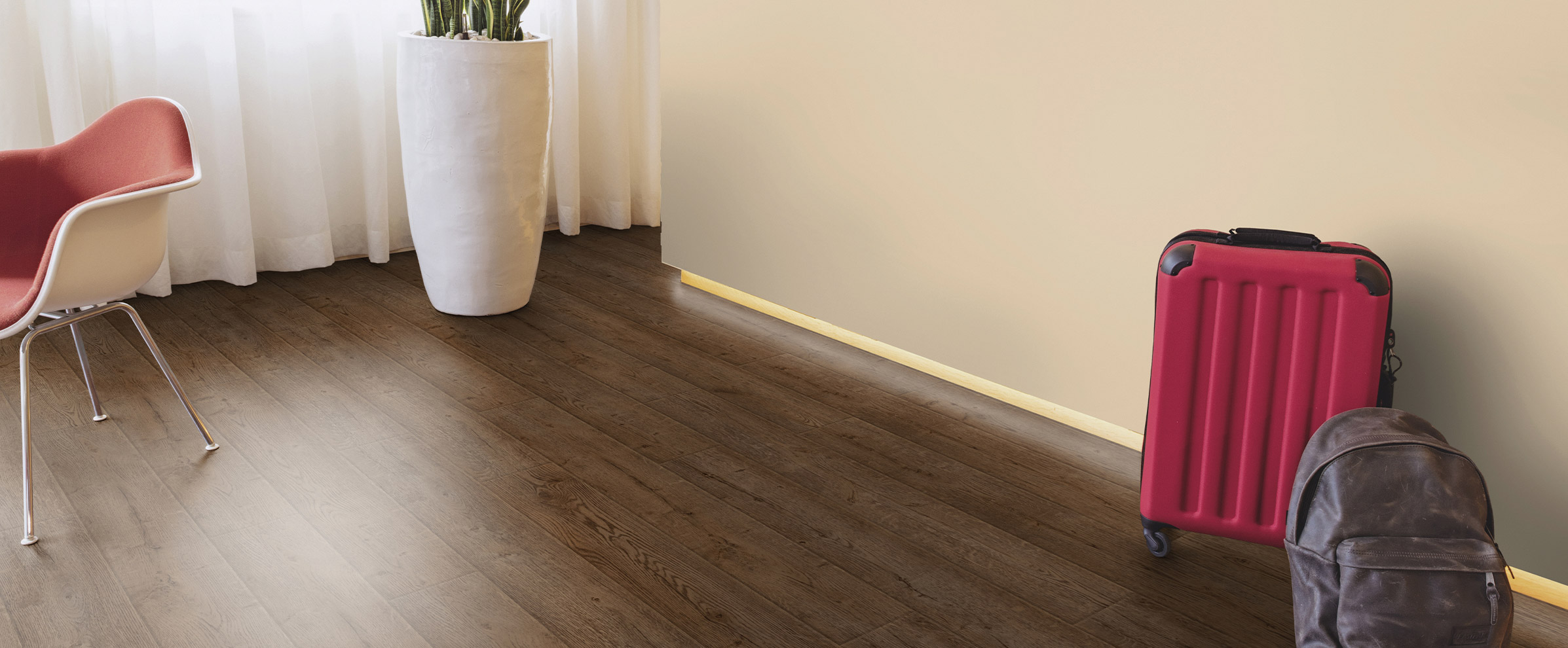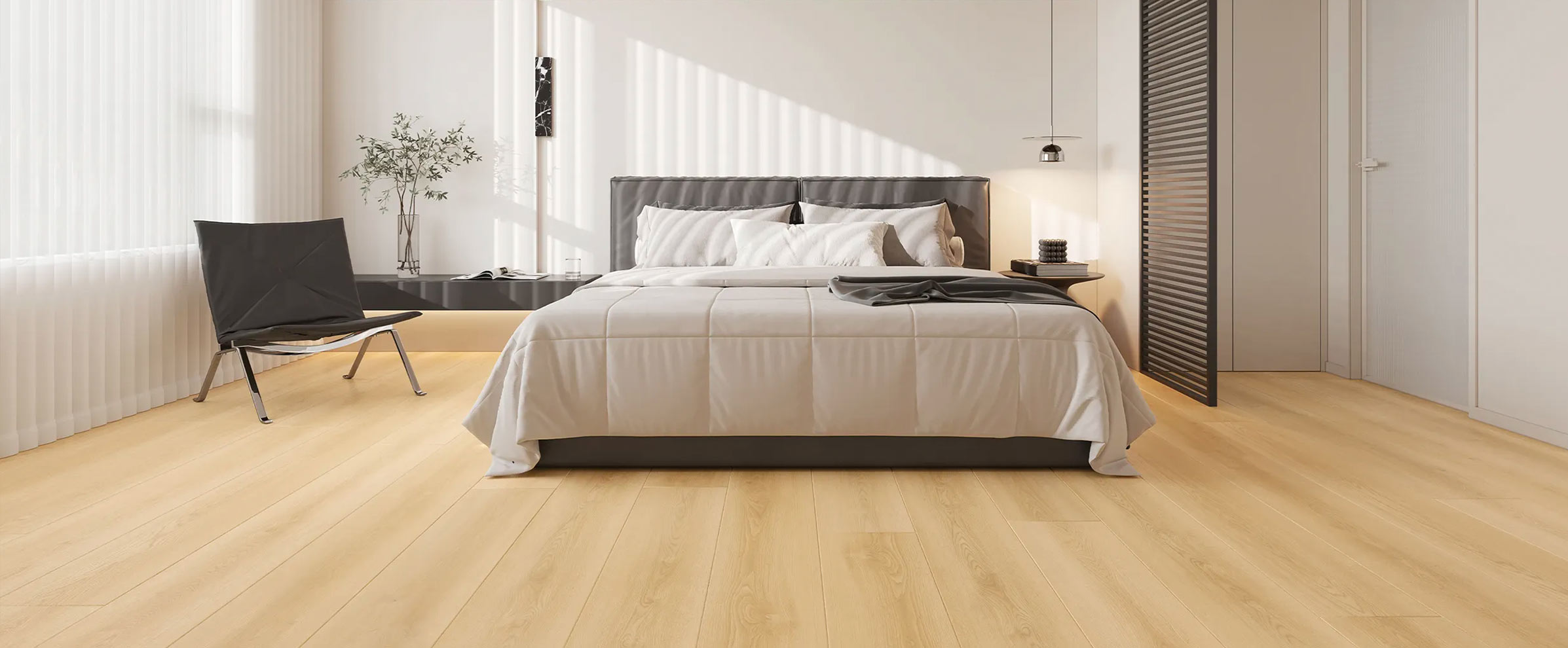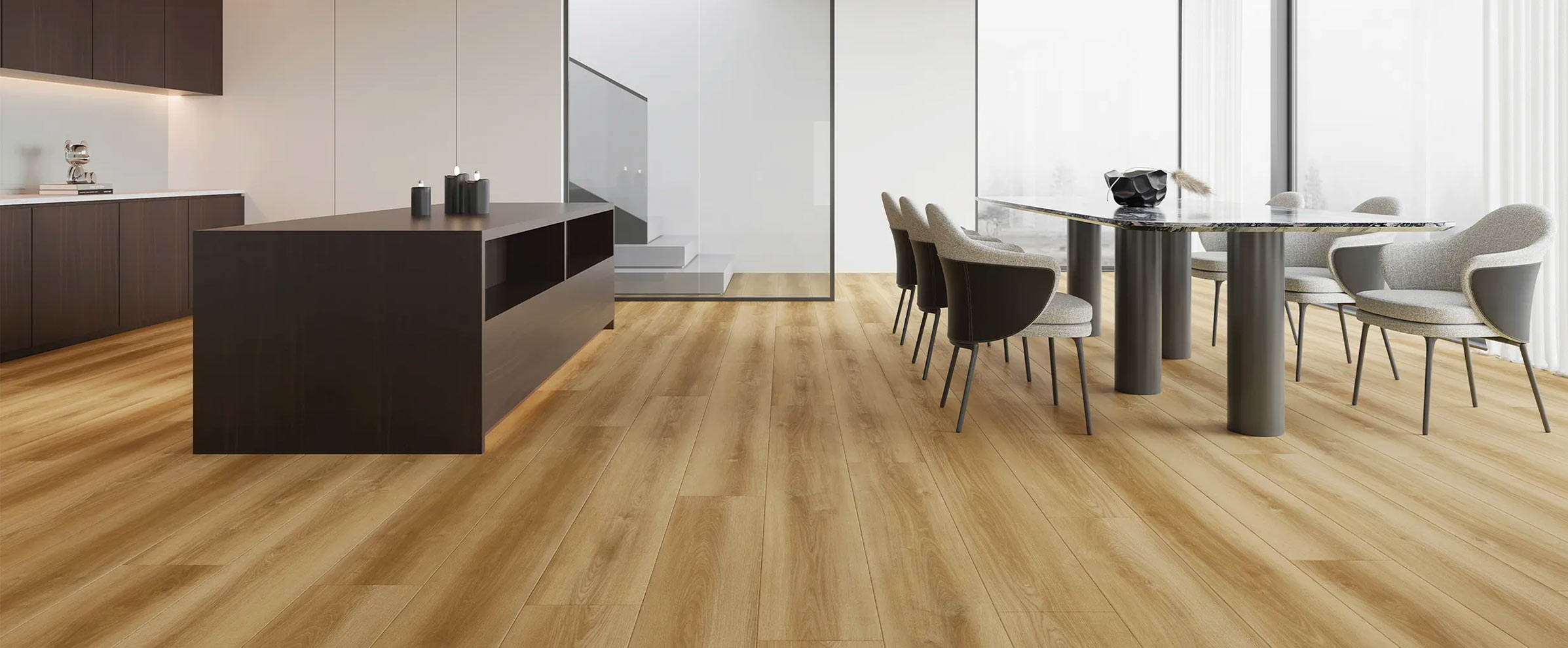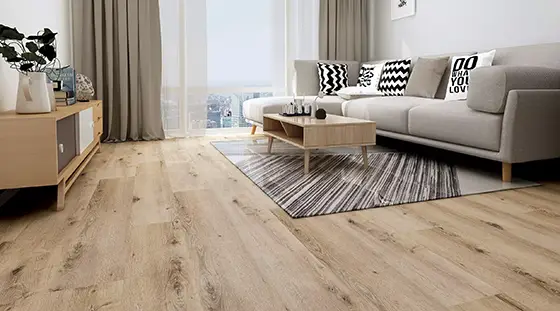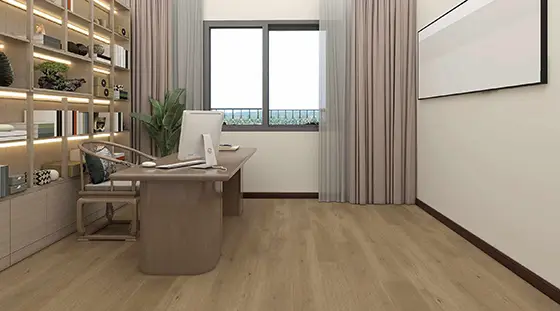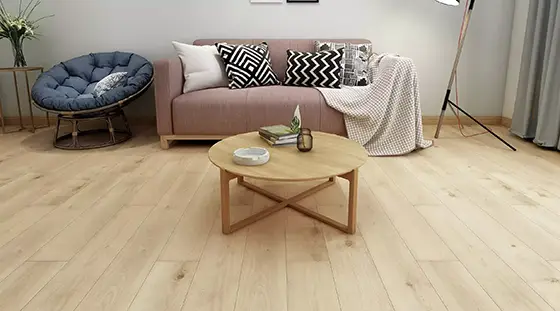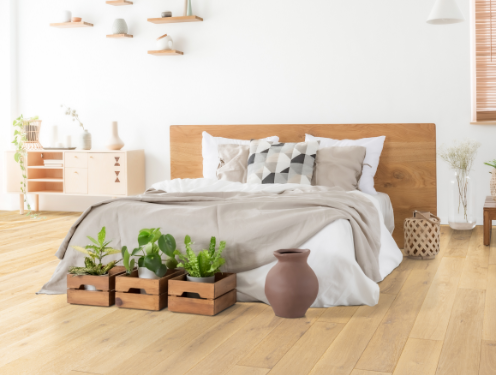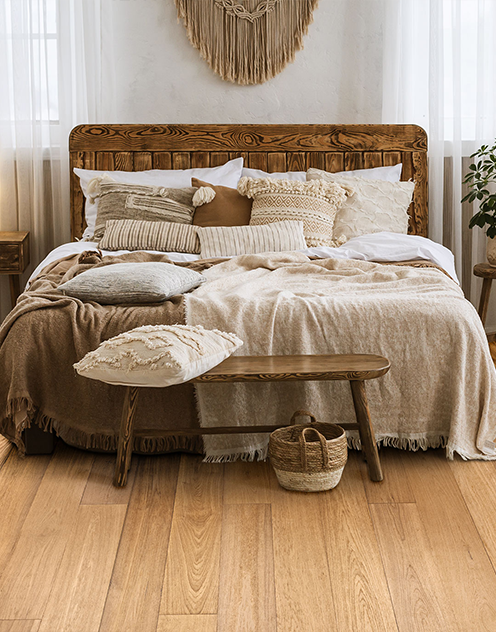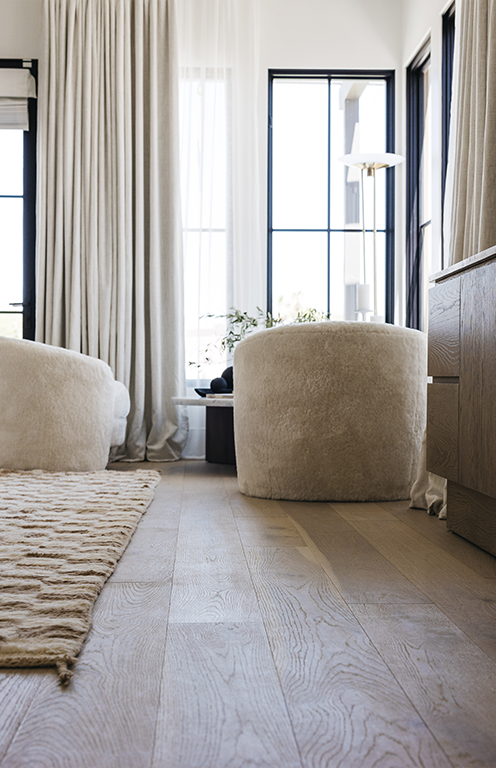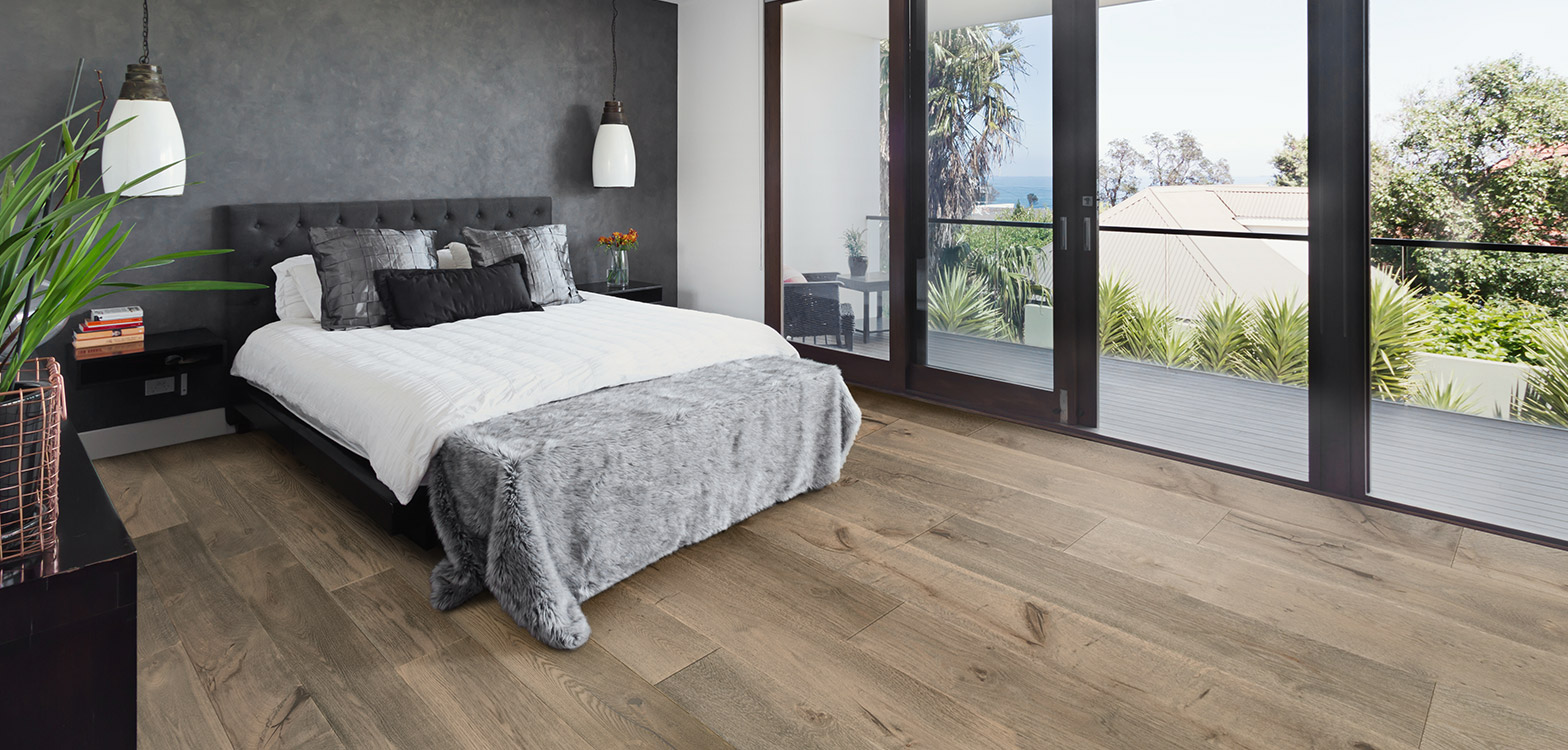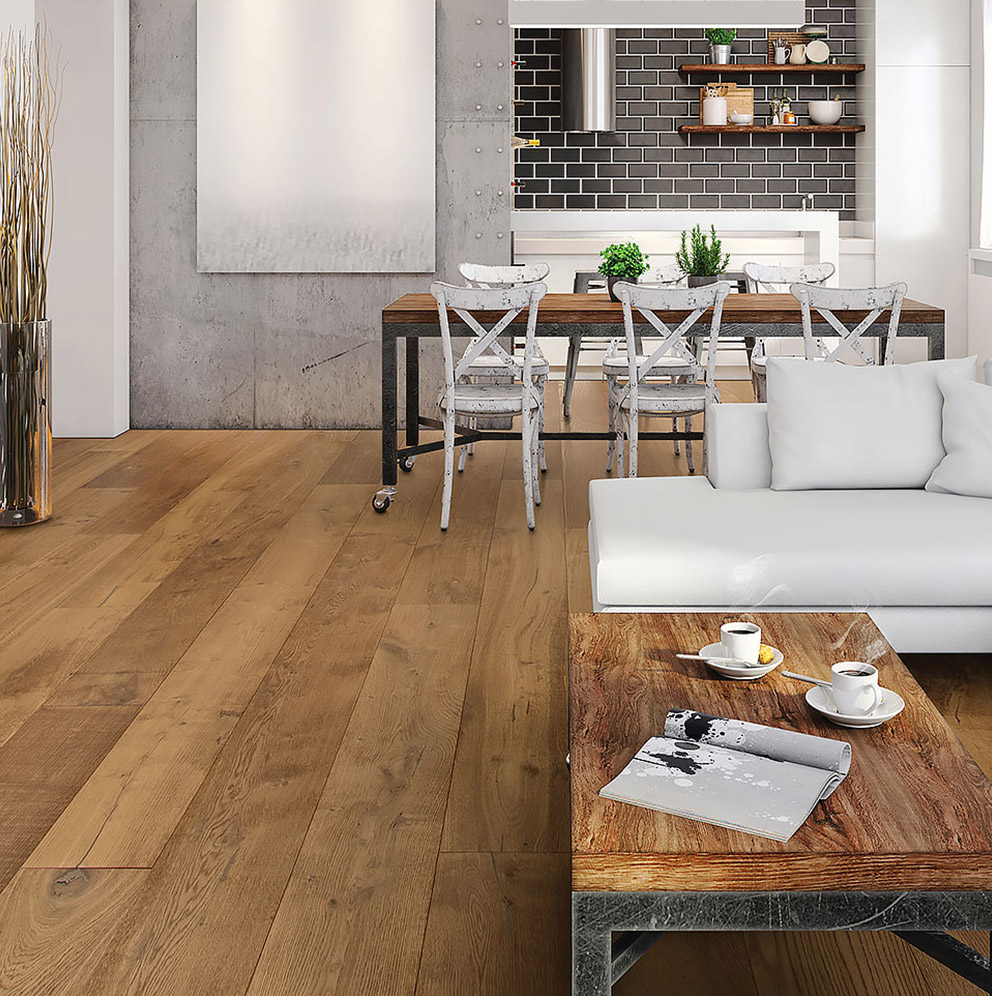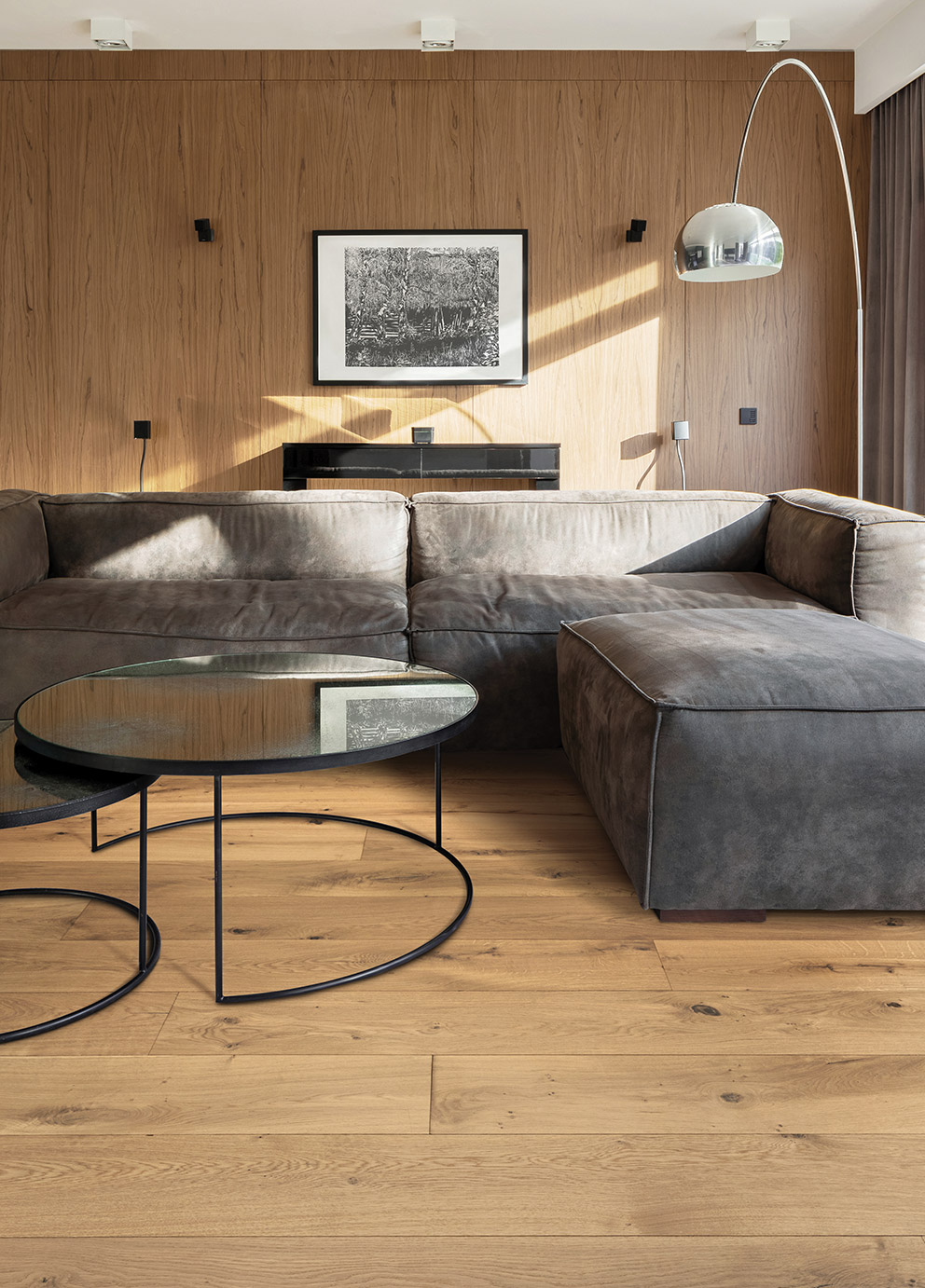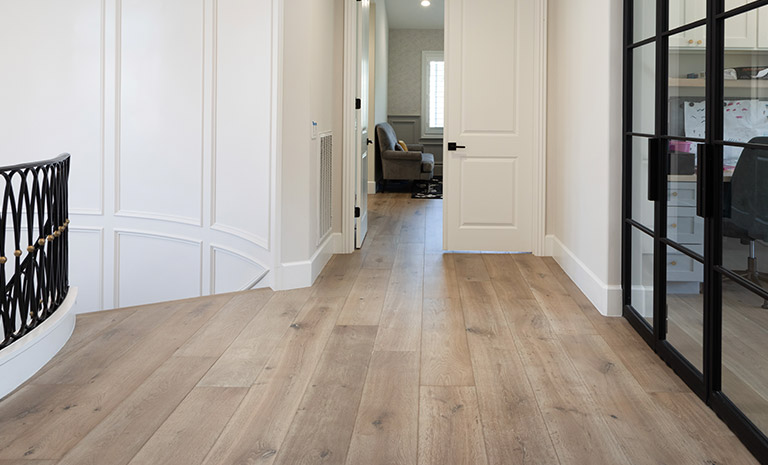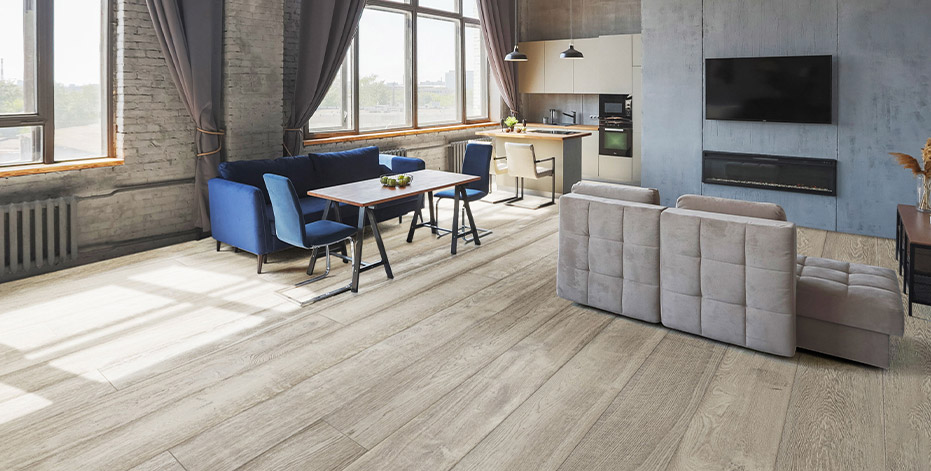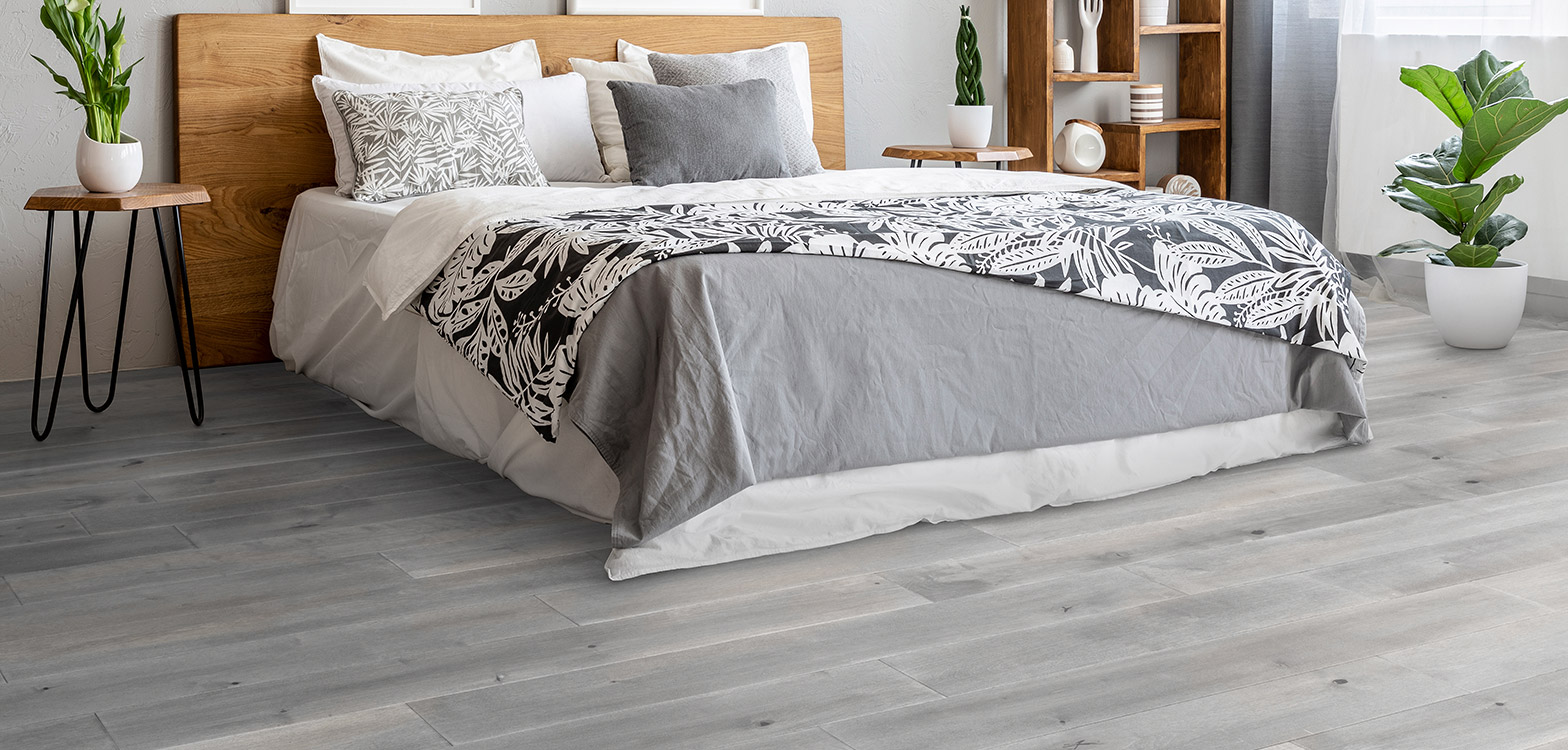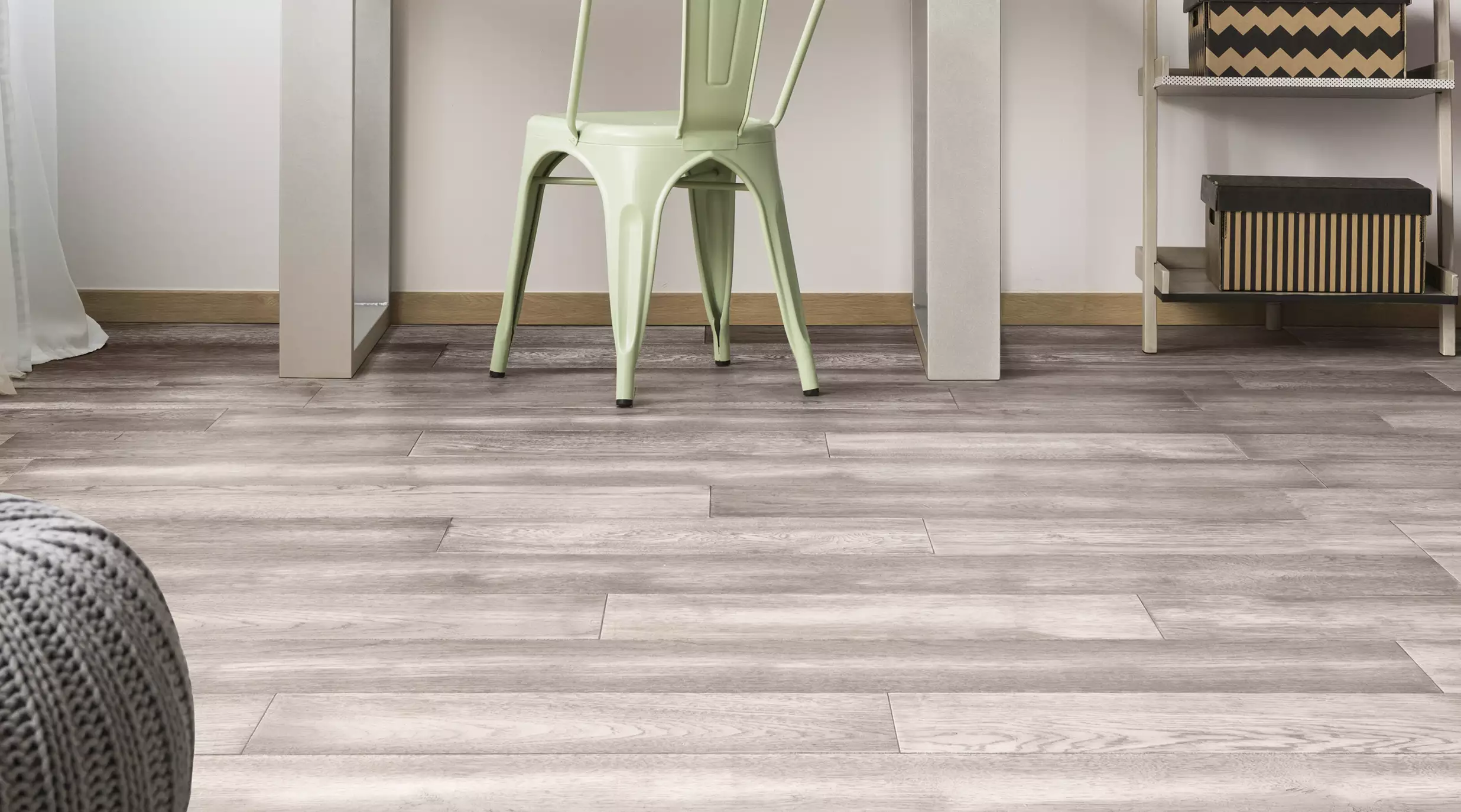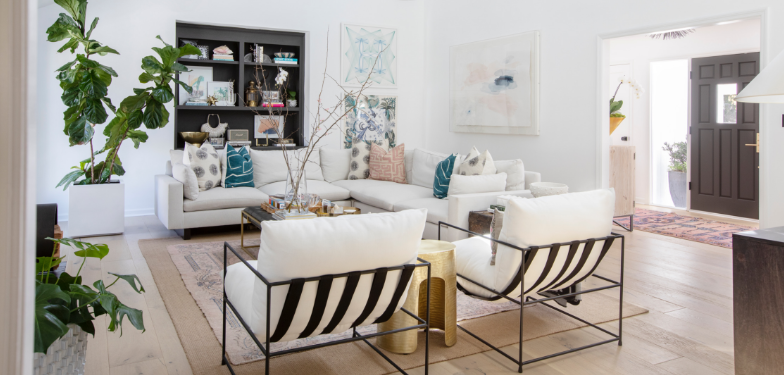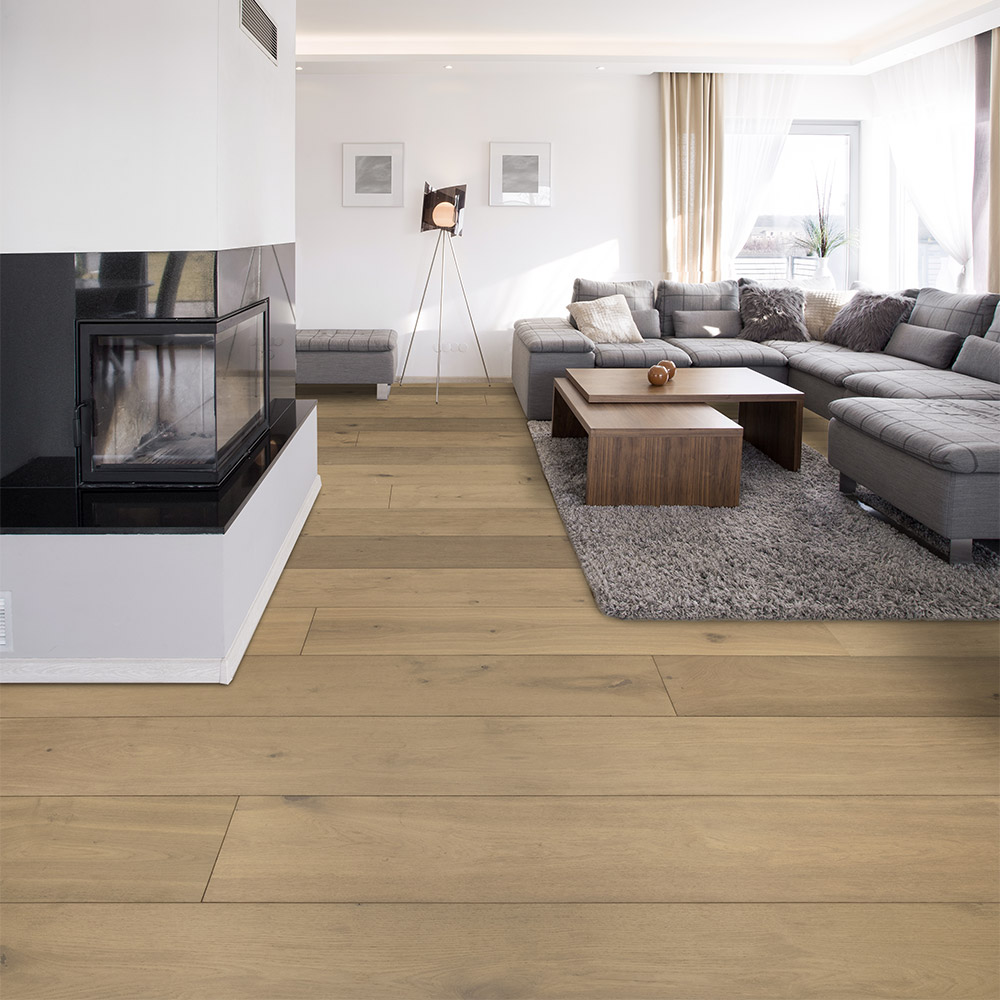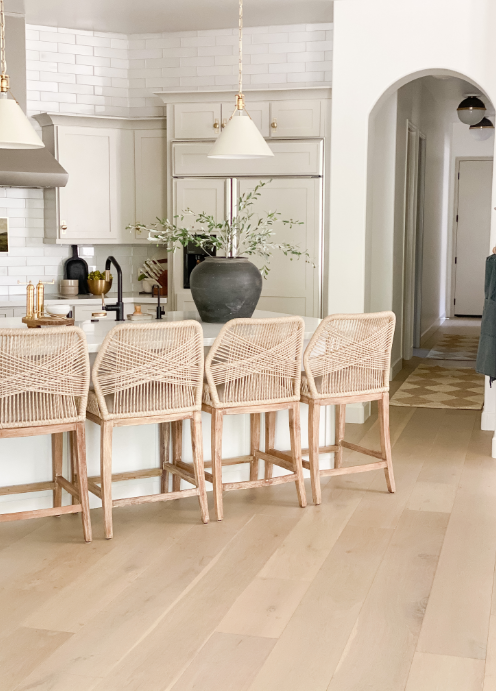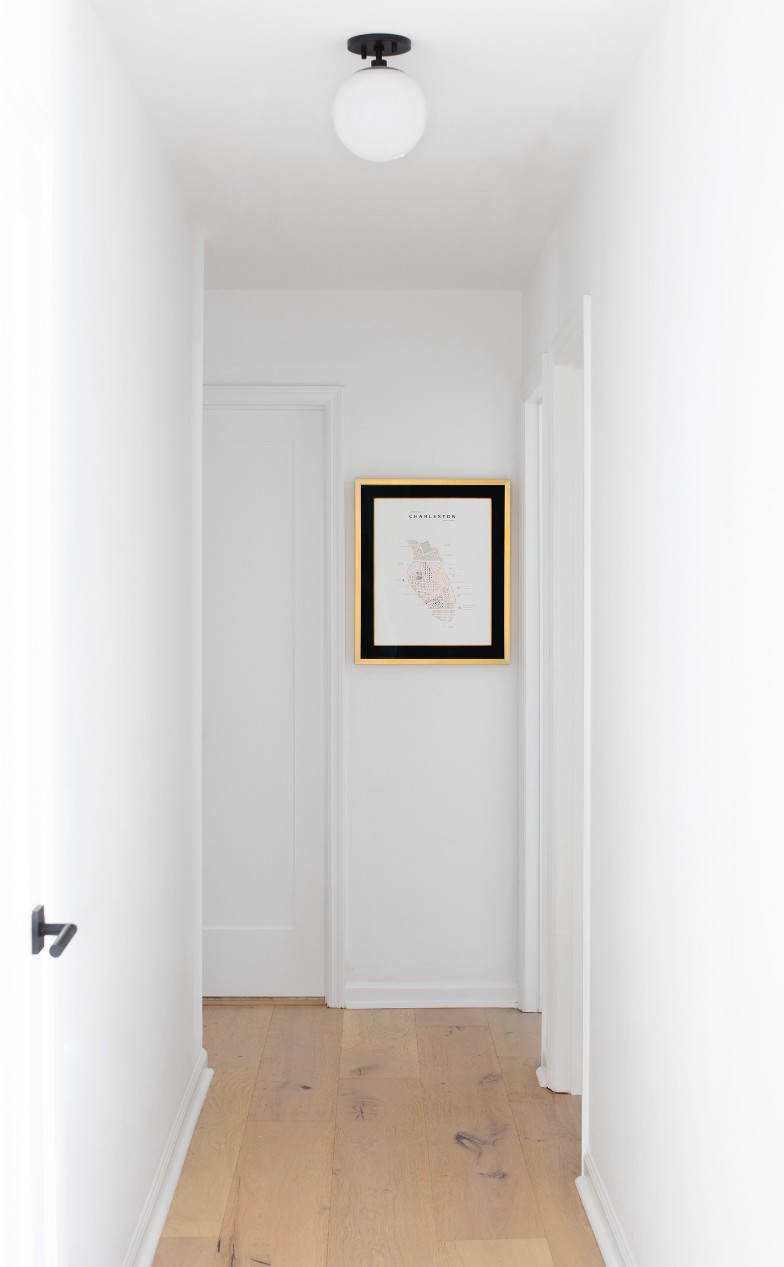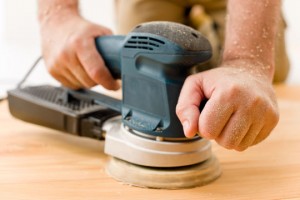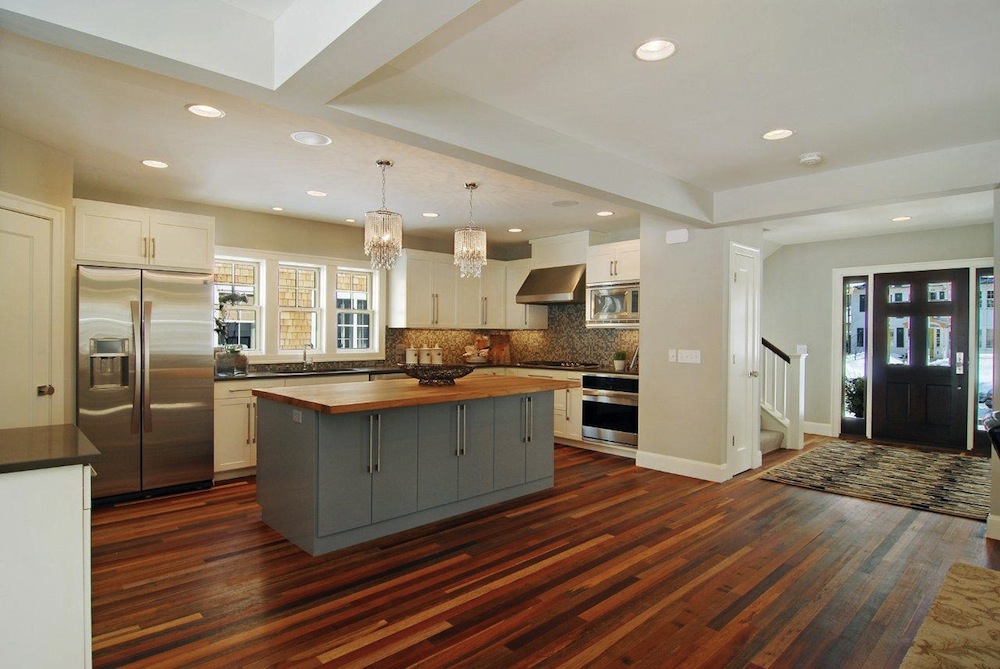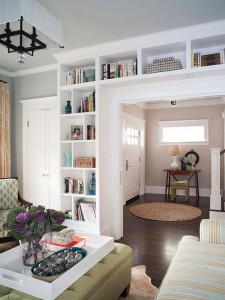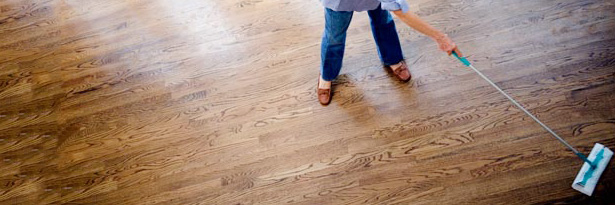Styles are constantly evolving and it is good to keep that in mind when it comes to selecting your floor. Your flooring choice will cover one of the largest surface areas in your home so it is important to select a floor you know will both compliment your design aesthetic and stand the test of time. As it is often the most dominant design look, the color floor you select sets the tone for the space so it is important to ask yourself, “What do I want the design of my home to say?”. Hardwood flooring is an investment and when it comes to color selection, there is no “one size fits all”. What works in one home and in one design plan, may not fit your unique space. But never fear! We have many colors and tones to choose from and you will find the perfect floor for you here at Urban Floor! For today and for the sake of time, we will narrow our discussion to light hardwood and the many benefits of its elegant look.
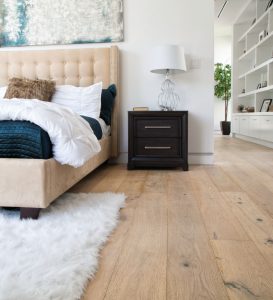
“Your flooring choice will cover one of the largest surface areas in your home so it is important to select a floor you know will both compliment your design aesthetic and stand the test of time.”
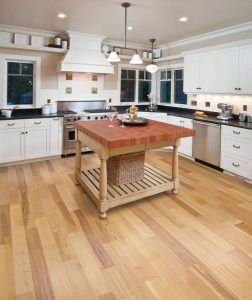
Light hardwood floors have a very distinct advantage when it comes to cleaning and care over darker floors. With their lighter color, they are especially easy to keep clean as they mask dents, scratches, and scuff marks. They also tend to show less dirt and less pet hair (for those with furry family members) than darker stained hardwood. Natural expansion, however, may be more prominent with a lighter hardwood as it shows the shadows of the expansion gaps more. This natural expansion and contraction, however, can be minimized with proper environmental controls and keeping your home between 60ºF to 80ºF, and humidity levels between 30%-50%.
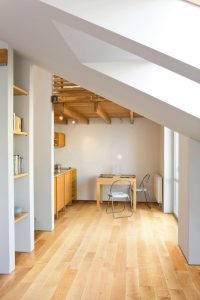
Selecting a light hardwood floor will brighten your space as the light, fresh color opens up the space, making smaller spaces appear larger. Lighter floors tend to accentuate the amount of natural light that comes into the room and give your home a airy, bright feel. If you are a fan of contrast but don’t want a smaller room in your home to perhaps appear smaller with a dark hardwood, go with a lighter floor and bring in contrast with paint, furniture, and other decor.
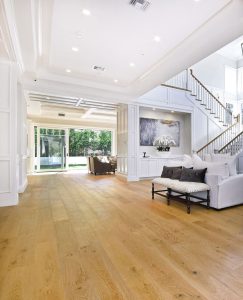
While darker hardwood seems to be leading modern trends, there is nothing like selecting a classic, warm and natural wood tone to compliment the aesthetic of your home for a truly timeless style. What do you think? Is light hardwood flooring the right choice for you? Tell us in the comments below!

